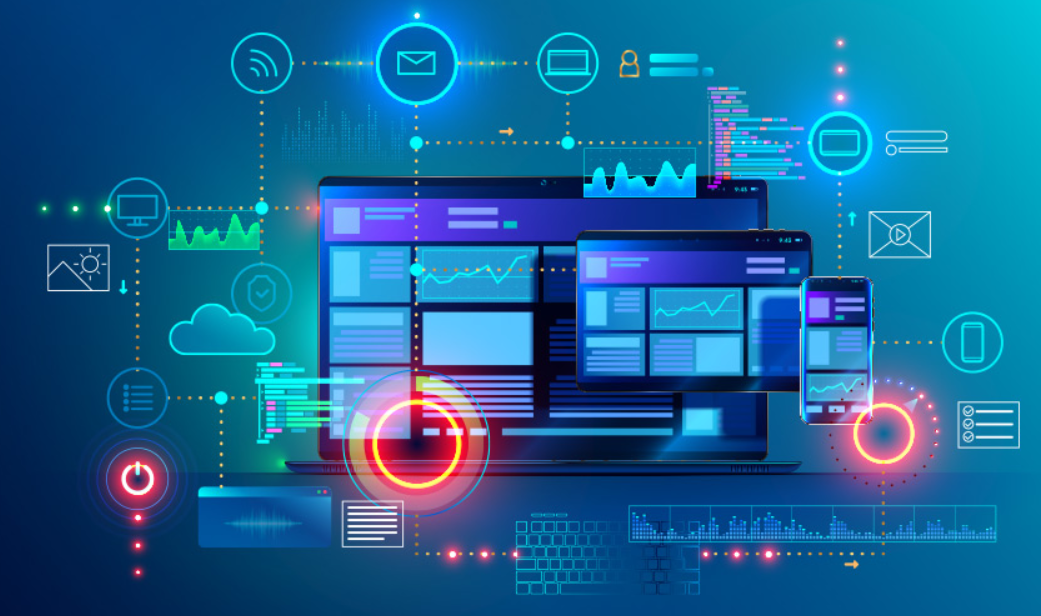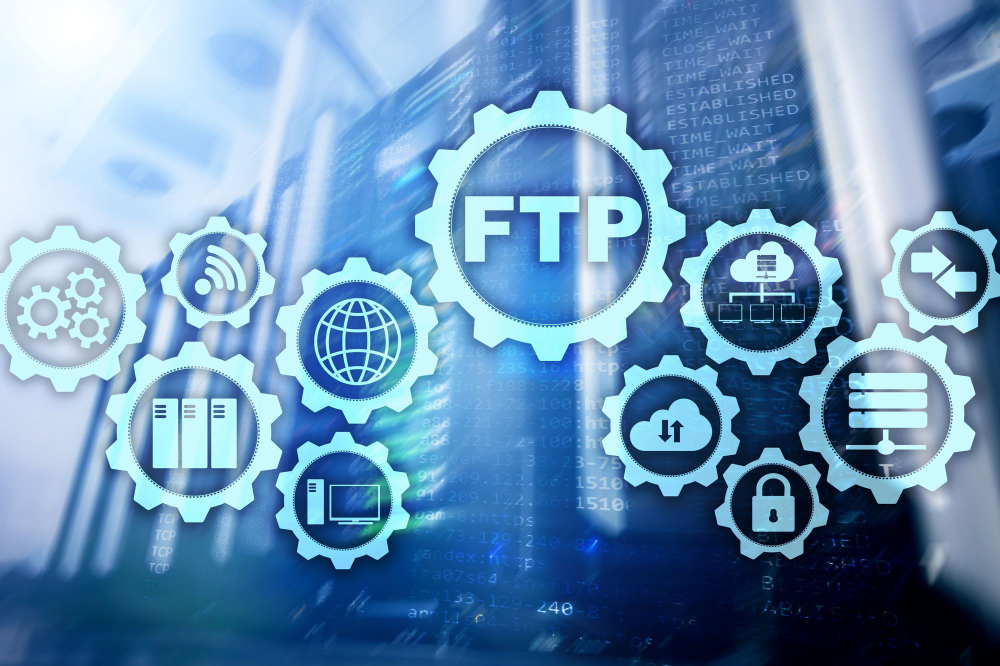Application Modernization Services
Application modernization is crucial for your business to grow, scale, and evolve. To achieve greater efficiency and fully benefit from modernization, it's important to start with the right business-focused approach and strategy.
Application modernization involves updating legacy applications by improving their platform infrastructure, internal architecture, or features.
Today, modernization often focuses on outdated, monolithic on-premises applications, which are typically managed through slow, traditional development methods like waterfall. The key challenge is transitioning these applications to cloud architecture and using modern release methods, such as microservices and DevOps.
By breaking down the monolithic structure into a microservices DevOps framework, you can speed up feature deployment, improve efficiency, and rethink existing workflows.











 USA | INDIA | MIDDLE EAST | HONG KONG
USA | INDIA | MIDDLE EAST | HONG KONG 
















